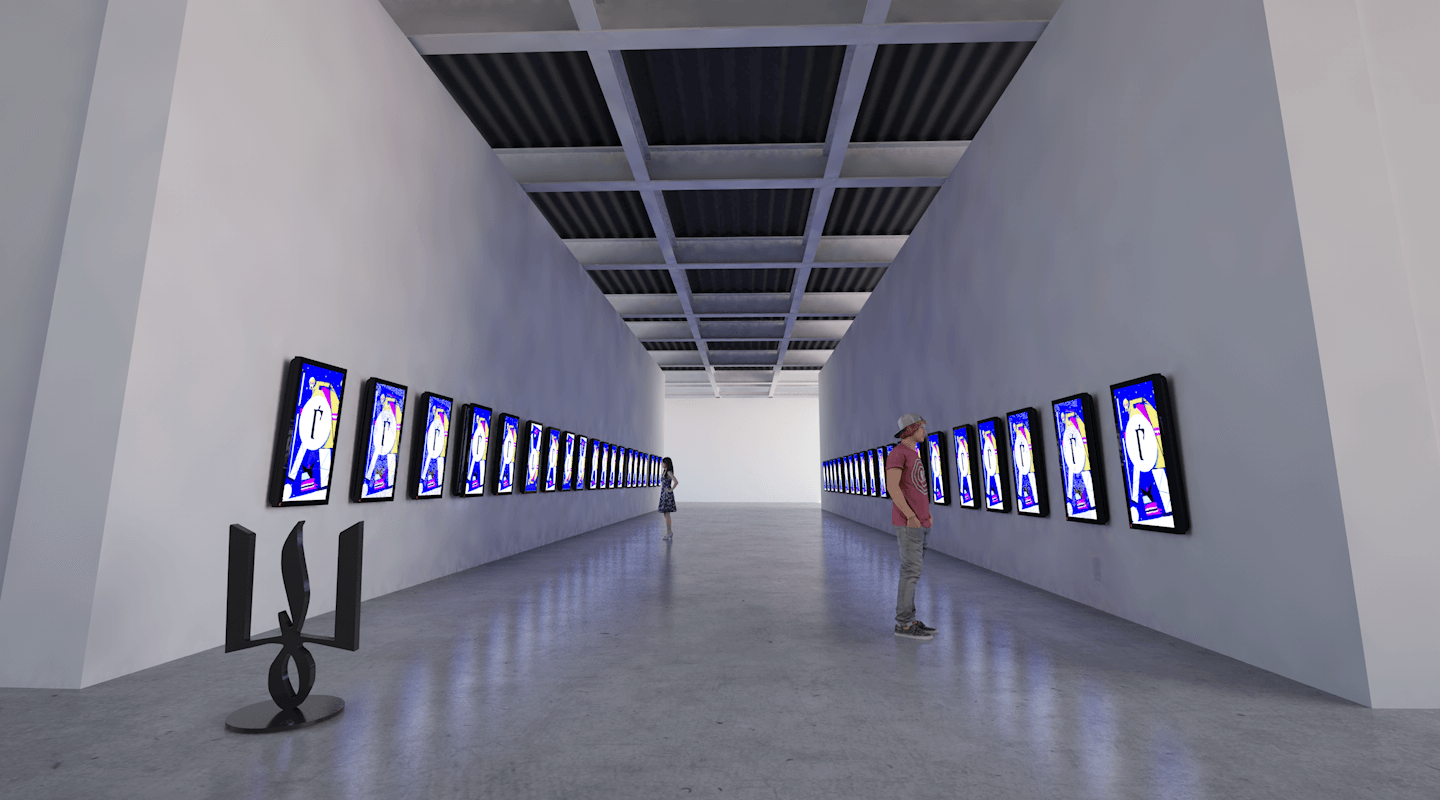Organized by Dmytro Lisenbart
We often don’t think about the font environment surrounding us; only when we go to another country with a little bit different culture, we pay attention to the inscriptions, the style of lettering, and we find something unusual in writing. At the level of font usage, the Ukrainian language was once integrated into one system: this is the way they tried to piece together the puzzle in the structural system of the Russian Empire.
In fact, until 1710, that is before the civil Russian alphabet was introduced due to the reform of Peter I, the original Ukrainian alphabet had had another letter form, which was more sophisticated and expressive. The civil Russian alphabet, which we use up to now, was created on the basis of the Dutch antiqua and is a kind of simplified hybrid of Latin and Cyrillic alphabets.
Vasyl Chebanyk, a well-known Ukrainian calligrapher and book graphic artist, has set himself the goal of returning the letter form of the real pre-Peter Cyrillic alphabet, having found the Ukrainian alphabet in the archives, and created the modern Ruthenia font on its basis.
It includes the sophistication of the Ukrainian Baroque, the tunefulness of the language, the wide stretches of steppes and fields, the richness of nature, and the phonetic and lexical diversity of the Ukrainian language. Letters of this font are characterized by reasonableness, logic, integrity, easy implementation, and thoroughness. At the same time, Ruthenia is not a complete stylization, as this font is real, and it doesn’t play with you, because the dynamics are generated by the need of culture, and the hand of a contemporary artist is visible in movement, lettering and flourish. That’s how the past meets the present.
Although the alphabet is recreated graphically, its full reappearance in the public space is still to be seen: with signs, documents, and official names. Regardless of the legislative will, the artistic interpretation of the alphabet is happening here and now, confirming the idea of artists’ sensitivity to symbolic processes. Therefore, being inspired by Ruthenia, 33 artists illustrated each particular letter, interpreting it. These interpretations go just beyond the art of typography and show a whole cultural layer in conjunction with the illustration: how it has long been in Ukrainian art. Let’s recall decorative initial letters, the capital letters used in manuscripts, which sometimes had a complex graphic element, or the compositions of the sheets of Ukrainian Alphabet by Heorhiy Narbut.
At this exhibition, letters both come to life thanks to the mastery of Vasyl Chebanyk and are combined with the images of artists in short animated videos. Awareness of this brings us back to the rational rethinking of the use of Ruthenia, as well as the reviving of the use of this font as a completely logical return to our own identity.
